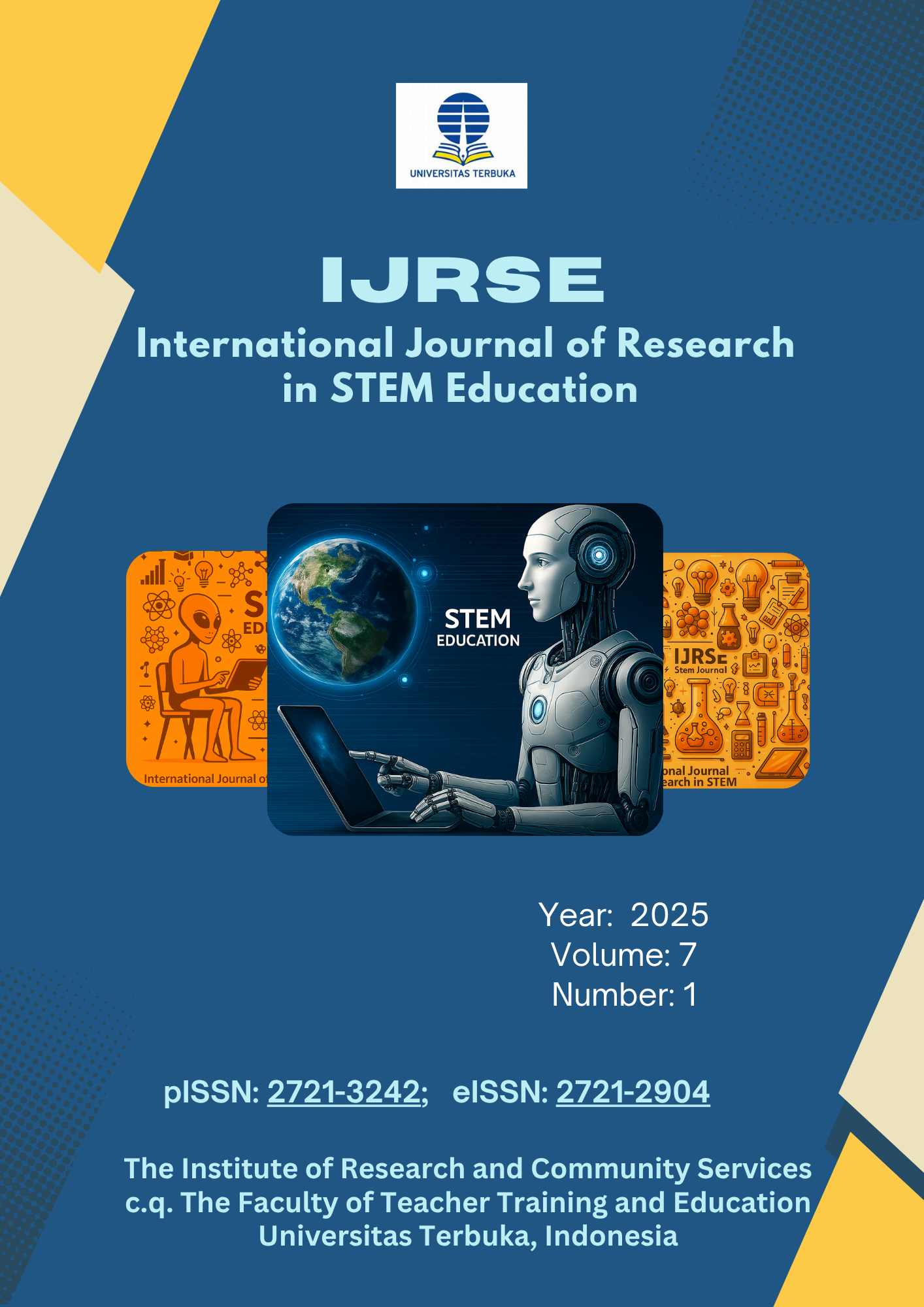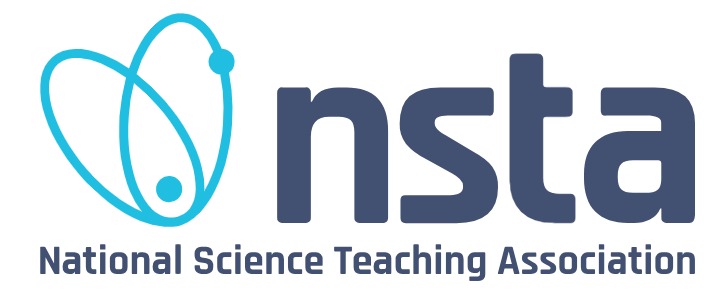Qualitative Indicators to Evaluate the Relevance and Social Impact of Public University Research in Northwestern Mexico
DOI:
https://doi.org/10.33830/ijrse.v7i1.1749Keywords:
Higher education, Public higher education, Relevance of research, Qualitative Researches, Social impactAbstract
Research’s relevance and social impact are essential criteria to evaluate if the research produced in universities fits society's wants and needs. There is a growing interest in these two elements that have increased publications that explore the most effective ways to evaluate research projects from this standpoint. There are various papers addressing evaluation from a statistical and bibliometric perspective. This paper delves into the experience of creating an evaluation for social relevance and social impact in research through a series of qualitative indicators brought about by consulting researchers themselves. The procedure was conducting six focus groups with 39 Autonomous University of Baja California researchers, organized by different fields of knowledge. The information submitted for analysis from the participants' discussions delved into their experience in both categories. The results point to 5 indicators linked to the relevance, 8 to the impact, 3 to the research ethics, and eight as proposals for the institution. They pointed out the need for a flexible evaluation to discern the differences between academic disciplines. Likewise, they stress the need to further cooperation between researchers and the social and industry sector to counteract the Mexican government's current scientific investment reduction. Finally, they underline the importance of university spaces for disseminating and divulging research results and products.
References
Barnett, M. L., Henriques, I., & Husted, B. W. (2020). Beyond Good Intentions: Designing CSR Initiatives for Greater Social Impact. Journal of Management, 46(6), 937–964. https://doi.org/10.1177/0149206319900539
Chen, E., Leos, C., Kowitt, S. D., & Moracco, K. E. (2020). Enhancing community-based participatory research through human-centered design strategies. Health promotion practice, 21(1), 37-48. https://doi.org/10.1177/1524839919850557
Calvard, T., Cherlin, E., Brewster, A., & Curry, L. (2023). Building perspective-taking as an organizational capability: A change intervention in a health care setting. Journal of Management Inquiry, 32(1), 35-49. https://doi.org/10.1177/1056492621103901
Darwin-Holmes, A. G. (2020). Researcher Positionality – A Consideration of Its Influence and Place in Qualitative Research - A New Researcher Guide. Shanlax. International Journal of Education. 8(4), 1-10. https://doi.org/10.34293/education.v8i4.3232
Estrada-Jaramillo, A., Michael, M., & Farrimond, H. (2022). Absence, multiplicity and the boundaries of research? Reflections on online asynchronous focus groups. Qualitative Research, 0(0). https://doi.org/10.1177/14687941221110169
Farinola, A. (2023). Hermeneutical postphenomenology: Computational tools and the lure of objectivity. Digital Scholarship in the Humanities, fqac074, https://doi.org/10.1093/llc/fqac074
Flick, U. (2018). Designing Qualitative Research. Sage. https://www.academia.edu/24236888/Flick_Designing_qualitative_research
González, E., Reyes, E., Ramírez, A., Santillán, E. y Herrera, K. (2020). Pertinencia e impacto de la investigación científica. Aportes para orientar la política institucional de la UABC. Universidad Autónoma de Baja California. https://fundaciondialnet.unirioja.es/
Gumport, P. (2019). Academic fault Lines. The Rise of Industry Logic in Public Higher Education. Jhon Hopkins University Press. https://doi.org/10.1086/710164
Halliday, M., Mill, D., Johnson, J., & Lee, K. (2021). Let's talk virtual! Online focus group facilitation for the modern researcher. Research in Social and Administrative Pharmacy, 17(12), 2145-2150. https://doi.org/10.1016/j.sapharm.2021.02.003
Hovey, R. B., Vigouroux, M., Noushi, N., Pavate, V., & Amja, K. (2022). Applied Philosophical Hermeneutic Research: the unmethod. International Journal of Qualitative Methods, 21. https://doi.org/10.1177/16094069221101237
James, P. (2019). The Social Imaginary in Theory and Practice. In C. Hudson & E. K. Wilson (Eds.) Revisiting the Global Imaginary. Theories, ideologies, Subjetivities: Essays in Honor of Manfred Steger (pp. 33-47). Palgrave Macmillan. https://doi.org/10.1007/978-3-030-14911-6_3
Jung, H. (2019). It does not make sense, but it does: Interactional dynamics in focus group interaction. In K. Roulston. Interactional Studies of Qualitative Research Interviews. John Benjamins Publishing Company. https://doi.org/10.1075/Z.220.09JUN
Kuckartz, U. (2019). Qualitative Text Analysis: A Systematic Approach. In G. Kaiser & N. Presmeg (Eds.). Compendium for Early Career Researchers in Mathematics Education (pp. 181-198). Springer. https://doi.org/10.1007/978-3-030-15636-7_8
Kusmawan, U. (2024). Beyond Traditional Practicums: Exploring the Potential of Scalable Practicum in Science Courses. Studies in Learning and Teaching, 5(3), 622-637. https://doi.org/10.46627/silet.v5i3.505
Kusmawan, U. (2024). Transforming digital learning and assessment strategies in higher education. Multidisciplinary Reviews, 8(1), 2025016. https://doi.org/10.31893/multirev.2025016
Mills, N, Courtney, M, Dede, C, Dressen, A, Gant, R. (2020). Culture and vision in virtual reality narratives. Foreign Language Annals. 53, 733–760. https://doi.org/10.1111/flan.12494
Rioufreyt, T. (2019). L’outil et la méthode. Des fonctionnalités techniques des CAQDAS à leurs usages méthodologiques. Introduction. BMS: Bulletin of Sociological Methodology / Bulletin de Méthodologie Sociologique, 143, 7–27. https://www.jstor.org/stable/26747970
Rosenthal, M. (2016). Qualitative research methods: Why, when, and how to conduct interviews and focus groups in pharmacy research. Currents in Pharmacy Teaching and Learning, 8(4), 509-516. https://doi.org/10.1016/j.cptl.2016.03.021
Stefani, U., Schiavone, F., Laperche, B. & Burger-Helmchen, T. (2020). New tools and practices for financing novelty: a research agenda. European Journal of Innovation Management, 23(2), 314-328. https://doi.org/10.1108/EJIM-08-2019-0228
Strauss, A. & Corbin, J. (2014). Basics of qualitative research. Techniques and procedures for developing grounded theory. Sage. https://doi.org/10.4135/9781452230153

Downloads
Published
How to Cite
Issue
Section
License
Copyright (c) 2025 Emilia Cristina González-Machado, Ernesto Israel Santillán-Anguiano

This work is licensed under a Creative Commons Attribution-NonCommercial 4.0 International License.
Content Licensing, Copyright, and Permissions
1. License
International Journal of Research in STEM Education (IJRSE) adopts the Creative Commons Attribution-NonCommercial 4.0 International License (CC BY-NC 4.0) as the optimal license for the publication, distribution, use, and reuse of scholarly works for non-commercial purposes.
The non-commercial use of the article will be governed by this license, which allows others to share and adapt the work provided proper attribution is given to the author(s) and the journal.
Creative Commons Attribution-NonCommercial 4.0 International License.
Creative Commons License: CC BY-NC 4.0
2. Author's Warranties
The author warrants that the article is original, written by the stated author(s), has not been published before, contains no unlawful statements, does not infringe the rights of others, is subject to copyright vested exclusively in the author, is free of any third-party rights, and that all necessary written permissions to quote from other sources have been obtained by the author(s).
3. User Rights
The International Journal of Research in STEM Education aims to disseminate published articles as freely as possible. Under the Creative Commons license, users are permitted to copy, distribute, display, and perform the work for non-commercial purposes only, provided that proper attribution is given to the author(s) and this journal.
4. Rights of Authors
Authors retain the following rights:
- Copyright and proprietary rights related to the article, such as patent rights.
- The right to use the substance of the article in future works (e.g., lectures, books).
- The right to reproduce the article for personal purposes.
- The right to self-archive the article.
- The right to enter into separate, additional non-exclusive contractual arrangements for the distribution of the article’s published version (e.g., posting to an institutional repository or publishing it in a book), with acknowledgment of its initial publication in IJRSE.
If the author has a non-exclusive publishing contract with another publisher under a more restrictive license, the author still retains all rights to republish or distribute the work elsewhere, including commercially, as the author is not bound by the license conditions imposed on the journal.
5. Co-Authorship
If the article has multiple authors, the signatory of this agreement warrants that he/she has been authorized by all co-authors to sign this agreement on their behalf and agrees to inform all co-authors of the terms of this agreement.
6. Termination
This agreement may be terminated by either the author or IJRSE with two months’ notice if the other party has materially breached this agreement and failed to remedy such breach within one month after receiving written notice.
No breach or violation of this agreement will cause automatic termination or affect the license granted to IJRSE.
7. Royalties
This agreement entitles the author to no royalties or other fees. To the extent legally permissible, the author waives the right to collect royalties in respect of any use of the article by IJRSE or its sublicensees.
8. Miscellaneous
IJRSE will publish the article (or have it published) once the editorial process has been successfully completed.
The journal reserves the right to edit the article for style, punctuation, spelling, capitalization, referencing, and consistency as deemed appropriate.
The author acknowledges that the article will be made publicly accessible, and such access will be free of charge for readers.







